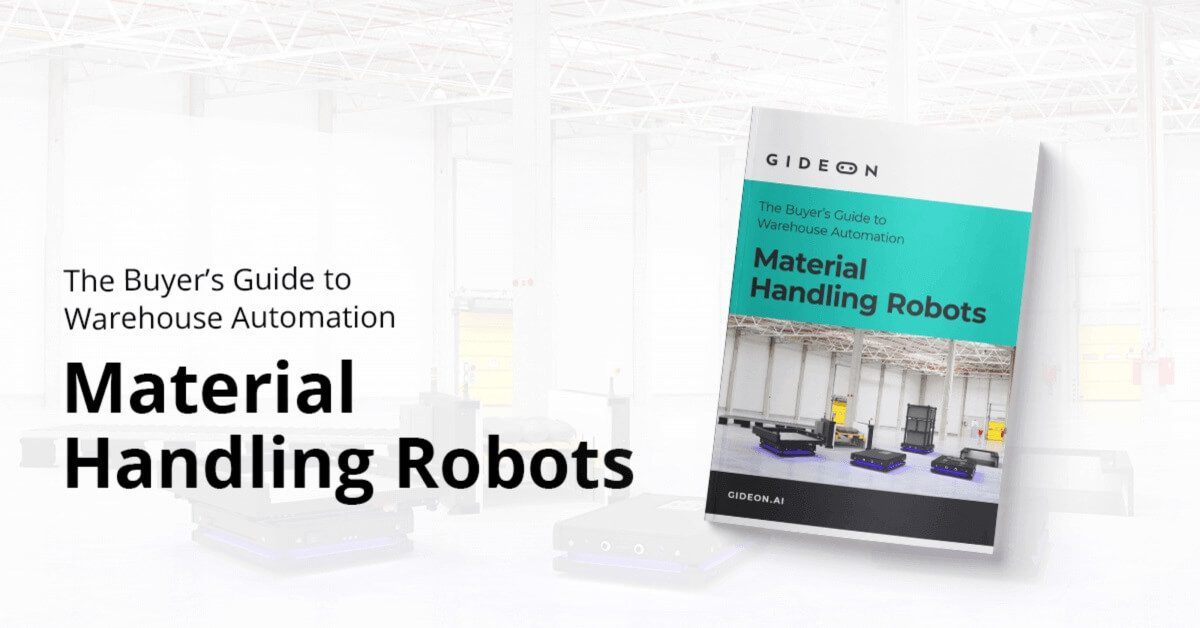- Optimizing Operations
- blog
Five Things to Consider Before Choosing a Warehouse Automation Robotics Solution
Find the best fit: A self-assessment checklist determine your requirements and which warehouse automation robotics solutions fit the bill.

/




